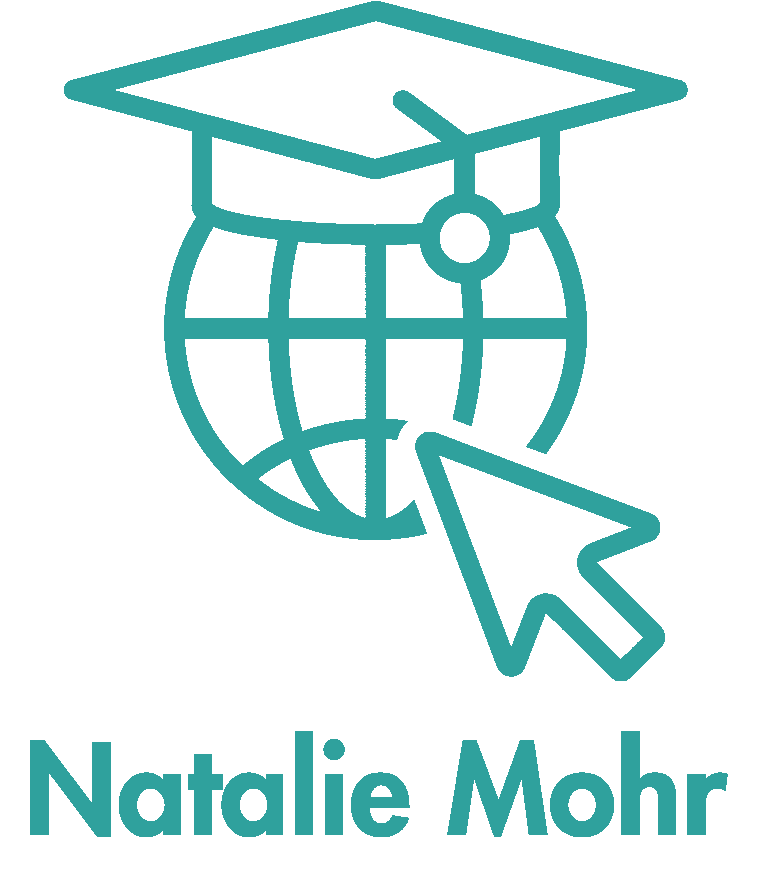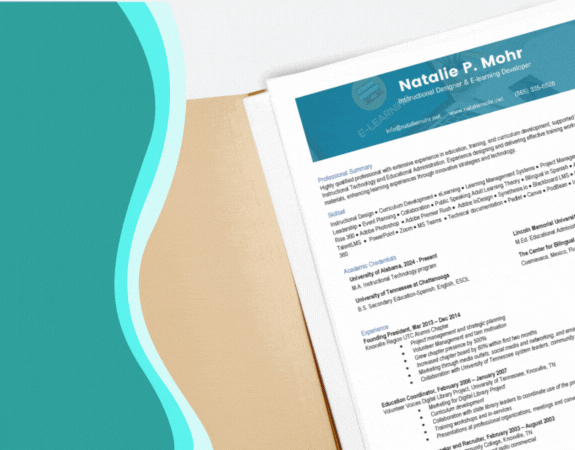My Role as an Instructional Designer
As an instructional designer, my primary task is problem-solving. I analyze learning challenges, assess learner needs, and apply research-based models to create effective and engaging learning experiences (Ertmer & Newby, 1993). Using research-based theories and frameworks is crucial for effective e-learning. My goal is to design instruction that is meaningful, applicable to real-world contexts, and promotes knowledge transfer. This requires careful planning, organizing content effectively, providing constructive feedback, and advocating for best practices that benefit both learners and stakeholders (Ertmer & Newby, 1993).
As an instructional designer, my primary task is problem-solving. I analyze learning challenges, assess learner needs, and apply research-based models to create effective and engaging learning experiences (Ertmer & Newby, 1993). Using research-based theories and frameworks is crucial for effective e-learning. My goal is to design instruction that is meaningful, applicable to real-world contexts, and promotes knowledge transfer. This requires careful planning, organizing content effectively, providing constructive feedback, and advocating for best practices that benefit both learners and stakeholders (Ertmer & Newby, 1993).
Theoretical Foundations in Practice
Instructional designers must apply instructional design theories and models with discernment, selecting approaches that align with the learning context, task, and goals. My approach is grounded in constructivist principles, which emphasize active learning, real-world application, collaboration, and reflection (Ertmer & Newby, 1993). I design instruction that encourages learners to construct their own understanding rather than passively receive information, using methods such as cognitive apprenticeship and scaffolding.
I incorporate models such as Merrill’s First Principles of Instruction, Gagné’s Nine Events, and the ADDIE framework (Branch & Kopcha, 2014) to structure learning experiences, ensuring complex skills are broken into manageable stages. Evaluating instructional effectiveness is essential, and I utilize Qualtrics surveys to assess knowledge gains, learner engagement, and ease of use. In corporate settings, comprehensive evaluations should also include observing behavioral changes to determine the long-term impact of training.
Technology in Education
Technology enhances learning when applied thoughtfully. I embrace human-centered design to support individual learner needs while preventing cognitive overload (West & Allman, 2021). A critical consideration is whether technology functions as an artifact of learning, serving as a scaffold to be removed, or as a tool of distributed intelligence, permanently enhancing human capabilities (Pea, 2004). Without intentional planning, students may learn from technology rather than with it (West & Allman, 2021). My goal is to design technology-enhanced learning that fosters interaction, inquiry, and real-world application. I also apply Universal Design for Learning (UDL) to ensure accessibility, selecting color schemes for visual impairments, integrating alternative text and captions, and presenting information in multiple formats.
Generative AI in Learning
As Pea (2004) noted, many new forms of human activity involving computing would be unachievable without the computing supports that enable acts of distributed intelligence. AI can enhance instructional design through simulations, adaptive learning, and problem-solving scenarios. However, AI should complement, not replace traditional instruction. It must foster independence rather than reliance and encourage learners to critically evaluate technology.
Failure to integrate AI literacy into education risks widening the digital divide and leaving students unprepared for an AI-driven workforce. Instructional designers play a key role in preparing learners by incorporating responsible AI use into their learning experiences.
Challenges in Instructional Design
Technology and digital access are not evenly distributed, creating barriers to equitable learning. The digital divide remains a concern, as students from affluent schools often have greater exposure to technology (West & Allman, 2021). Instructional designers must be mindful of disparities and create learning experiences that are inclusive and accessible.
Online learning also presents engagement challenges. I apply frameworks such as the Community of Inquiry Model and Online Collaborative Learning Theory to foster cognitive, social, and teaching presence (West & Allman, 2021). Well-designed online learning environments promote motivation, collaboration, and student success (Schindler et al., 2017).
At its core, instructional design is about creating effective, learner-centered experiences that empower individuals to acquire and apply knowledge. My approach is grounded in constructivist principles, research-based methodologies, and human-centered technology. I am committed to lifelong learning, research, and professional development to stay current with instructional design trends and innovations. As the field advances, particularly with AI integration, instructional designers must remain adaptable, critical, and dedicated to fostering meaningful, inclusive learning experiences.
Technology and digital access are not evenly distributed, creating barriers to equitable learning. The digital divide remains a concern, as students from affluent schools often have greater exposure to technology (West & Allman, 2021). Instructional designers must be mindful of disparities and create learning experiences that are inclusive and accessible.
Online learning also presents engagement challenges. I apply frameworks such as the Community of Inquiry Model and Online Collaborative Learning Theory to foster cognitive, social, and teaching presence (West & Allman, 2021). Well-designed online learning environments promote motivation, collaboration, and student success (Schindler et al., 2017).
At its core, instructional design is about creating effective, learner-centered experiences that empower individuals to acquire and apply knowledge. My approach is grounded in constructivist principles, research-based methodologies, and human-centered technology. I am committed to lifelong learning, research, and professional development to stay current with instructional design trends and innovations. As the field advances, particularly with AI integration, instructional designers must remain adaptable, critical, and dedicated to fostering meaningful, inclusive learning experiences.
References
Branch, R. M., & Kopcha, T. J. (2014). Instructional design models. In J. M. Spector, M. D. Merrill, J. Elen, & M. J. Bishop (Eds.), Handbook of research on educational communications and technology (pp. 77–87). Springer. https://doi.org/10.1007/978-1-4614-3185-5_7
Ertmer, P. A., & Newby, T. J. (1993). Behaviorism, cognitivism, constructivism: Comparing critical features from an instructional design perspective. Performance Improvement Quarterly, 6(4), 50–72. https://doi.org/10.1002/piq.21143
Pea, R. D. (2004). The social and technological dimensions of scaffolding and related theoretical concepts for learning, education, and human activity. The Journal of the Learning Sciences, 13(3), 423–451. https://doi.org/10.1207/s15327809jls1303_6
Schindler, L. A., Burkholder, G. J., Morad, O. A., & Marsh, C. (2017). Computer-based technology and student engagement: A critical review of the literature. International Journal of Educational Technology in Higher Education, 14(25). https://doi.org/10.1186/s41239-017-0063-0
West, R. E., & Allman, B. (2021). Designing technology-enhanced learning experiences. Design for Learning: Principles, Processes, and Praxis. https://doi.org/10.59668/id
Looking to hire an instructional designer + e-learning developer? Let's chat!
Thank you!





